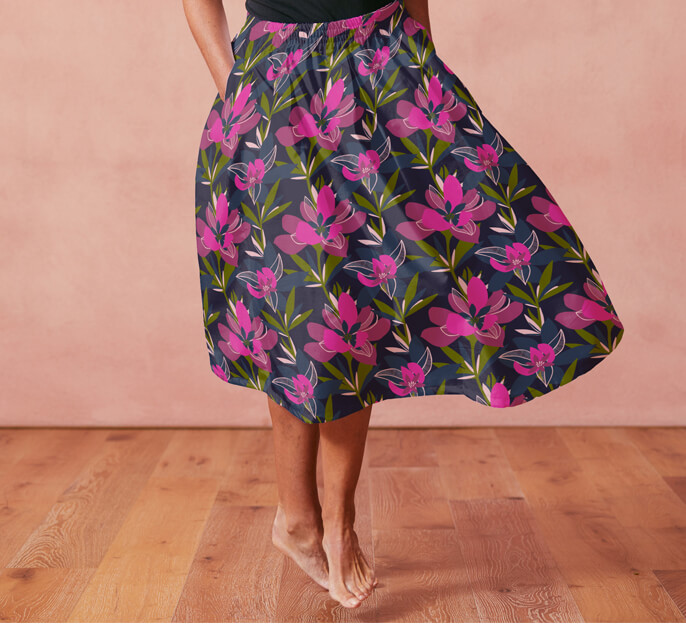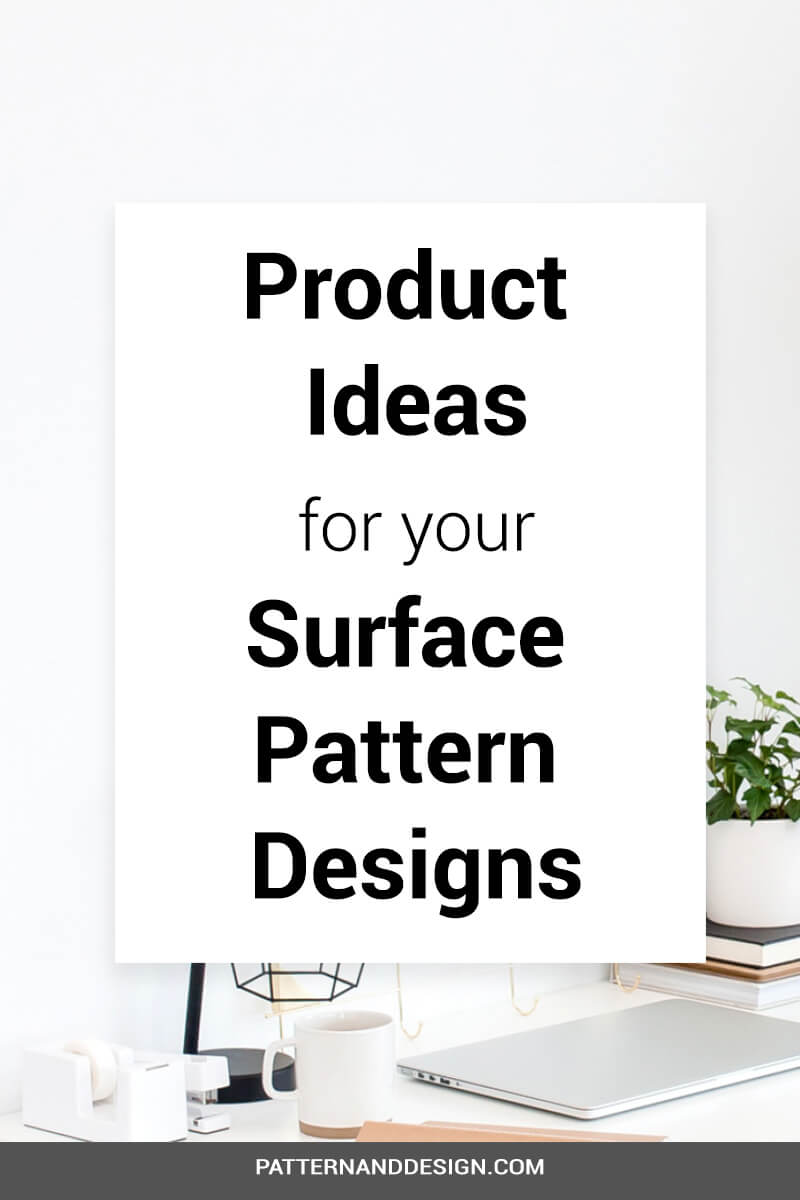learn about all things surface pattern design including the creative design process, being a successful creative entrepreneur & stepping into the mindset of a successful designer
welcome to the pattern design blog
blog
The
Categories
Popular
Pattern Design Product Ideas
When we think of surface pattern design we most commonly think of it being applied to a fabric. There are however many different surface applications for your pattern designs.
Any surface has the potential to be decorated with a surface pattern design. Different surfaces will require different application processes however the design process will be similar, if not the same. It’s important to know the constraints of the product or surface you are designing for before you begin so you can design accordingly. This will save you time and effort in the long run. For example, if you are designing for a digital fabric, you will not be limited by the number of colours used. In comparison, a screen printed design will have limitations on the number of colours used (usually determined by cost). The trick is to ask lots of questions at the start from your client or manufacturer. This will arm you with the knowledge to create your designs efficiently.
Here are 6 different pattern design product ideas for you to consider:
1. Fabric
Fabric is the most obvious surface to apply pattern designs and can be applied to both fashion and interior products. Pattern design techniques include printing (screen and digital), weaving, knitting, applique, and embroidery.
Products that use surface pattern design are endless but include clothing, furniture/upholstery, rugs, bed linen, curtains, napery, and towels.

2. Wall coverings
Wall coverings allow you to create decorative elements to a wall surface. The most common applications are wallpaper and wall decals. The introduction of wall decals has allowed consumers to be able to have a decorative wall within their home that isn’t permanent. This gives them the scope to create new and interesting features within their homes.
Techniques for creating wall coverings include screen printing, digital printing, flocking and block printing.
3. Plastics
Plastics are generally long lasting and are very versatile in their use. They allow a surface to be decorative while still functional. Plastic techniques include screen printing, digital printing, foil printing and litho printing.
Plastic products that use surface pattern designs include picnic ware, lunch boxes and dinnerware (particularly for children).
4. Glass
With new innovations in manufacturing techniques, glass has become a surface that pattern designs can be applied to. Some techniques used to apply a pattern to glass include etching, digitally printing, sandblasting and using photographic film.
Glass products that surface pattern designs can be applied to include tables, glassware, lighting, floors, tiles, bench tops and splash backs.
5. Paper
Paper is commonly adorned with surface pattern treatments. Common paper printing techniques include digital printing, screen printing, block printing and foil stamping.
Paper products with surface pattern designs include greeting cards, wrapping paper, calendars, art works, postcards, and packaging.

6. Ceramics
Advances in technology have allowed more ways to adorn ceramics with surface pattern designs. Some techniques include screen printing, digital printing, decals and acrylic painting.
Ceramic pattern designs can be found on vases, tiles, and dinnerware.

By considering different applications for your surface pattern designs you will broaden your scope of work and may even come up with a fantastic new product idea.

Want to create another revenue stream by turning your art into surface pattern designs?
Get the free guide
Get my FREE Surface Pattern Design Starter Guide